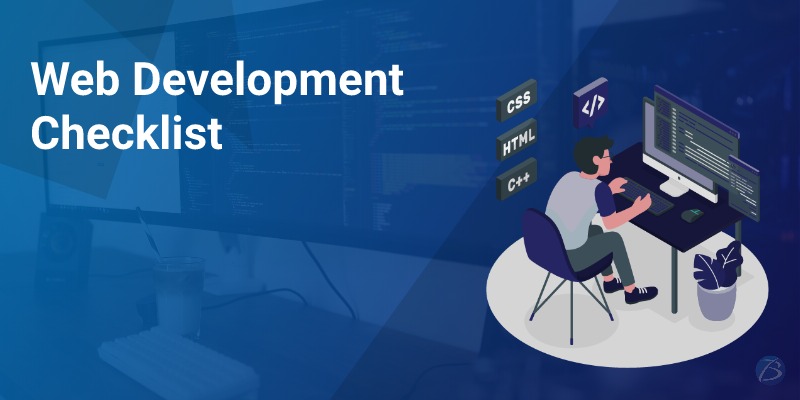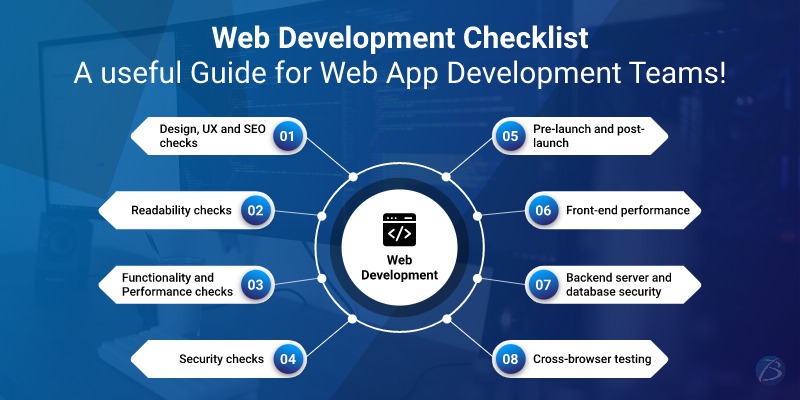What are the Factors influencing the Cost of Web Application Development!


In today’s digitally-driven world, web applications have become the most effective tools for businesses to promote their brand and make their presence felt across the globe. Web apps, being mobile-friendly, turn out to be more productive than websites. Consequently, most brands, whether big or small, possess functional web apps to gain a competitive edge over peers. Web app development has fuelled up in recent years and the most intriguing phase encountered by app creators is estimating the cost of their web app development project. Moreover, small firms and start-ups look for budget-friendly development strategies to obtain a higher ROI. As such, a thorough knowledge about the factors influencing web app costing is needed for cost-estimation and smart planning before jump-starting the development process.
This article will enlighten you about the key factors that influence web app development costing so that you can get a rough estimate of your project cost and plan your development cycle accordingly.
Key Factors affecting the Cost of Web App Development
Analyzing the market scope
Businesses should conduct a thorough market study to understand the scope before finalizing the basic structure block of their web app development project. Also, features are to be chosen wisely as per the market demand.
Choice of Design and features
The number of unique designs required by your web app, and the kind of additional features you choose to implement, apart from the must-haves like admin panel, user registration, etc. determine the app development time as well as costs. However, the selection of features and design depends on your business needs as well.
Level of Complexity
The level of complexity of a web app is directly proportional to the development expenses. Web apps are categorized into the following levels.
- Simple web apps are the basic ones that possess only the essential functionalities. They contain minimal interactive elements and content; and so can be developed quite fast, resulting in a pocket-friendly development. Static web apps, MVPs, and apps built only for creating brand awareness are apt examples.
- Moderately complex web apps such as dynamic web apps require a bit more time and effort as they consist of interactive pages. Therefore, the development process is more expensive as compared to simple web apps. Such apps are generally built by enterprises who intend to expand their customer base and grab better business opportunities.
- Complex web app development projects are time-consuming and incur huge expenses as their development cycle requires more resources, proficiency, and effort. eCommerce web apps and large corporation apps happen to be the most complex ones with demanding requirements and have to be customized as per the needs of the organization. So, it is advisable to rope in campaigners with prior experience in related domains for project execution.
Location of Web Development professionals
As web development is a labor-intensive activity, the project costs greatly depend on the geographical location of your development team. The cost of hiring a workforce is too high in developed countries like U.S.A, Canada, U.K, etc. Therefore, it is advisable to offshore your project to software firms based in South Asian countries like India where skilled professionals can be hired at much lower rates. This move will lower developmental expenses to a great extent.
The Pricing Strategy
While outsourcing your project to technology partners, you should select an economical pricing strategy. You need to select either of these two pricing policies – fixed and hourly-basis – as per your project needs, estimated deadline, and budget.
Web development Vendor selection
The choice of vendor for web app development defines the project budget. Given below are the types of vendors along with their estimated costs.
- Large-scale and renowned software firms with elite office spaces, having extensive experience of partnering big-ticket clients are likely to charge more.
- Mid-sized software firms charge lesser.
- Independent contractors charge the least. But, a reliable contractor who will execute your project flawlessly without compromising on the quality may be an expensive deal, but a profitable deal in the long run.
Integration of database and eCommerce functionality
Database integration requires in-depth technical skills and experienced professionals to fix complex issues that are likely to arise. Furthermore, some apps need to integrate eCommerce features such as payment gateway, security threads, cookies, LDAP, etc. Needless to say, the integration of database and eCommerce functionality raises the app development costs.
Deployment costs
Infrastructural expenses like web hosting and domain registration charges also need to be considered as a part of cost.
Maintenance and Updates post-deployment
After the app launch, one has to spend on maintenance issues like bug-fixing, etc., and the addition of new features via updated versions. The more the number of enhanced versions, the greater are the expenses incurred.
Are You Interested in Building a Top-Class Website or Mobile App?
Final verdict
The aforesaid information about the key factors affecting web app development expenses would help businesses to chalk out the project cost estimate and devise smart strategies to reduce expenses.
Looking for professional help regarding web app development project execution and cost estimation? Try the software services offered by Biz4Solutions, a Texas-based Mobile and Web App Development Company, having their development center in India. Our highly experienced professionals have been assisting clients around the globe, for more than 9 years. Write to us about your project requirement at sales.enquiry@biz4solutions.com.



